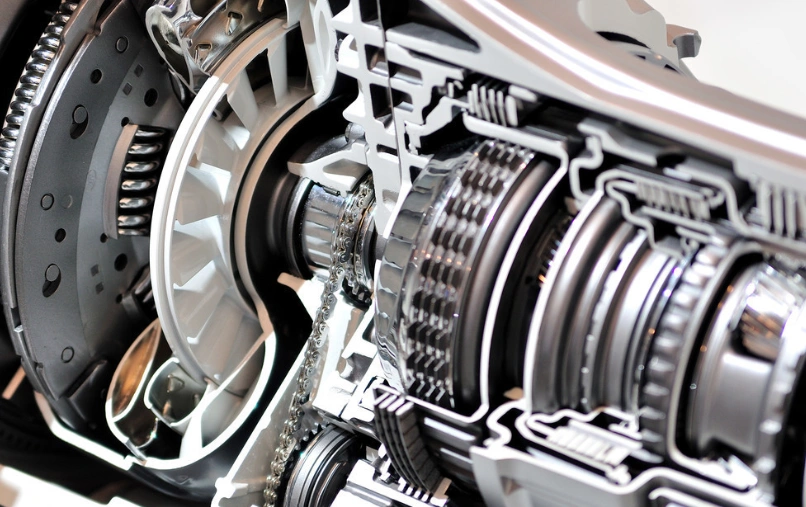
Ship Transmission Gear Definition
Ship transmission gears are special gear systems that transmit the power from the ship's main engine to the propellers and provide torque and speed control. Transmissions used in marine vehicles are designed with high torque requirements, reverse-direction movement capability and long-lasting operating principles, unlike land vehicles.
Duties of Ship Transmission Gears
✔ Transferring Engine Power to the Propeller – Reduces the engine speed to the appropriate speed for the propeller.
✔ Providing Speed and Torque Control – Regulates the power according to different sea conditions.
✔ Providing Forward and Reverse Movement – Provides a reverse rotation mechanism for the ship to change direction.
✔ Reducing Vibration and Noise – Provides a quiet and stable course in marine vehicles.
Gear Types Used in Ship Transmissions
⚙ Helical Gears → Provides quiet and efficient power transmission.
⚙ Bevel Gears → Used to change the direction of rotation.
⚙ Planetary Gears → Provides high torque and precise speed control with its compact structure.
⚙ Worm Gears → Provides large speed reduction ratios and high torque.
Areas of Use of Ship Transmission Gears
- Passenger and Cargo Ships – Provides reliable power transmission on long journeys.
- Fishing Boats – Provides efficient operation with speed and torque adjustment.
- Yachts and Fast Boats – Provides stability and silent operation at high speed.
- Military and Industrial Marine Vehicles – Requires strong and durable gear mechanisms.
